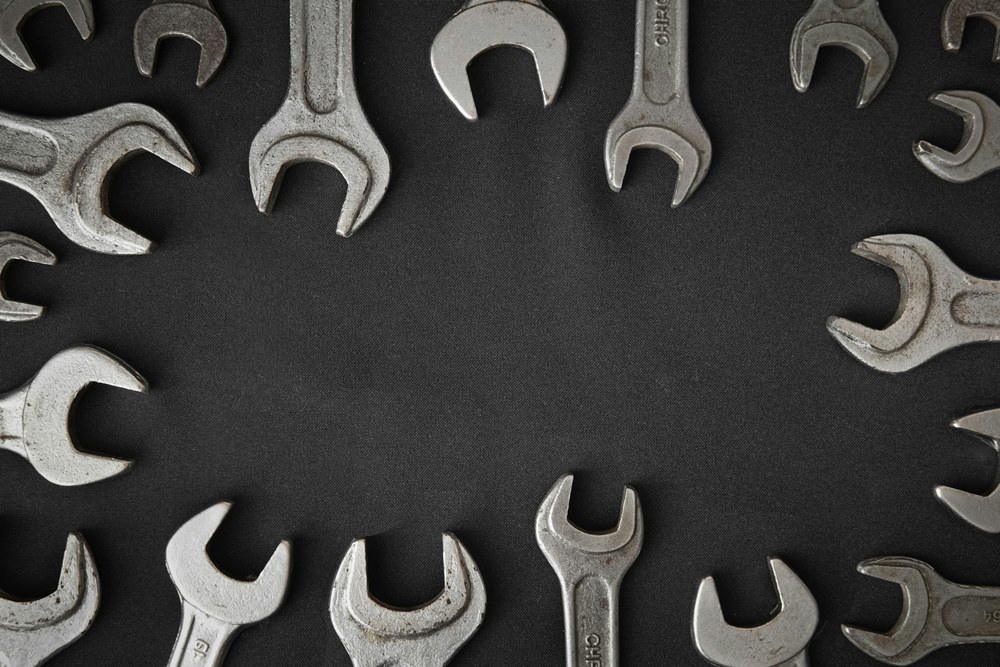And celebrating India’s freedom with soldiers who are - Guardians of Our Peaks.
Published
August 15, 2025
Our Independence Day is important to all Indians, with many having fond memories of celebrations associated with it. And while I have had quite a few memorable “Independence Day Drives”, the most extraordinary one has to be the expedition I did (and partly led) to the Siachen Glacier Base Camp in 2016, a few years before this region was opened up for civilians.


As a matter of fact, that “Independence Day Expedition to Siachen” can be described as a kind of “dry run” because it was the first visit by civilians, before our army and government officially began allowing our citizens to travel to the Siachen Base Camp region, in October 2019. Until then, this was a strictly restricted area requiring special permission and prior clearance from the army.

How important this region is, can be understood by the fact that when it was opened up for Indian tourists in 2019, Pakistan took serious objection saying it was an attempt by India, to occupy what Pakistan falsely claims is a disputed territory. So the permitting of tourists in an area that is also known as the “World’s Highest Battlefield”, is a strong message to Pakistan, and also to China, that sits at the other side of the Siachen Glacier.


Yes, on one side of the glacier is Pakistan, and the other China. And in between is India’s Siachen Glacier, which physically prevents them from linking up, or joining forces at these heights. Siachen actually acts as a physical buffer, and that too a very daunting and formidable one, to prevent any sort of two-front war situation for us. And this is one of the primary reasons why Siachen is of such significant strategic value, and importance to our country.

Given how vital it is, and how keen Pakistan is to snatch control of the strategic Siachen Glacier, it’s not surprisingly that over the years, India and Pakistan have had several armed conflicts and skirmishes here. Due to this, the smell of gunpowder hangs heavily in the thin air of Siachen.



Ironically, in Balti (the local language), Siachen means “place of roses”. And though you can see some wild rose shrubs lower down in the valley and even near the snout of the glacier, this is not the place to “stop and smell the roses”. Instead our unfriendly neighbour has made Siachen “The World’s Uppermost Combat Zone”.

The realization that this was militarily such an important place, happened sometime in the 1980s. Prior to that, the Siachen Glacier was unoccupied and due to the fast winds, forbidding cold, blazing blizzards, and of course the difficult to access heights of 20,000 feet above MSL (mean sea level), it was just another uninhabitable cold desert in the higher altitudes of the Himalayas, the highest mountains in the world.


Here the temperature falls as low as minus 60 degrees centigrade, and avalanches, snowstorms, strong winds and high-altitude-related diseases, are everyday occurrences. All this make Siachen Glacier one of the most difficult places to occupy and hold on our planet, which is why it is recognized as the world’s highest, coldest and toughest battlefield.

Once intelligence confirmed that Pakistan was planning on taking control of the Siachen Glacier, India quickly launched Operation Meghdoot in April 1984, and brilliantly setup up its positions on the crucial heights, and took control of the 76 kms long Siachen Glacier, and also all its tributary glaciers and principal passes. Since then, the Indian army is deployed here, with the Pakistanis occupying the lower altitudes on the other side.


Domination of these heights has of course cost us a lot of lives, with our brave soldiers making many sacrifices. Despite all the challenges of the enemy, the harsh environment, and living conditions that are difficult beyond belief, our army has stood steadfast and has ensured that our flag, our beloved tiranga, flies high on these daunting heights even today.


This will remain not just a milestone in our military history, but will also go down in world history as one of the most successful military missions, on some of the highest peaks on our planet.


So desperate is Pakistan to grab this region, that I am told one of the aims of the Kargil War in 1999, was to cut off India’s access to this area to enable Pakistan to steal it from us. Obviously our armed forces did not allow that to happen and every Indian should salute and thank them for the amazing work they continuously do in protecting us and our nation.


Fortunately, I had the opportunity to go right up to the Siachen Base Camp and personally thank and salute them for all their work, commitment, loyalty, strength and sacrifices. Just getting here was a challenge for us, despite the fact that we were travelling in comfortable Audi SUVs.




We also had the support of the Indian Army, and though I have often been to the Himalayas and Ladakh, this brief visit to Siachen, was still an eye-opener. The close glimpse of the arduous Siachen region, the interactions with our soldiers, the conversations and anecdotes, all gave invaluable insights into how special our soldiers are, and how much all Indians owe them.


This is undoubtedly venerated land secured by sacrifices of our soldiers. If you get a chance, this is where you should make a pilgrimage. In my view, it’s even more holy that some of our holiest sites. As the adage goes – “Is Mitti Se Tilak Karo, Yeh Mitti (Or should I say Baraf) Hai Balidan Ki. Jai Hind. Happy Independence Day.

Most Photos-Bob Rupani
Bob Rupani is a born car lover and avid automobile enthusiast who has spent some of the best times of his life behind the steering wheel.
BOB RUPANI
Latest POSTS
October 11, 2025
October 1, 2025
September 26, 2025
September 20, 2025
August 30, 2025
No posts found





